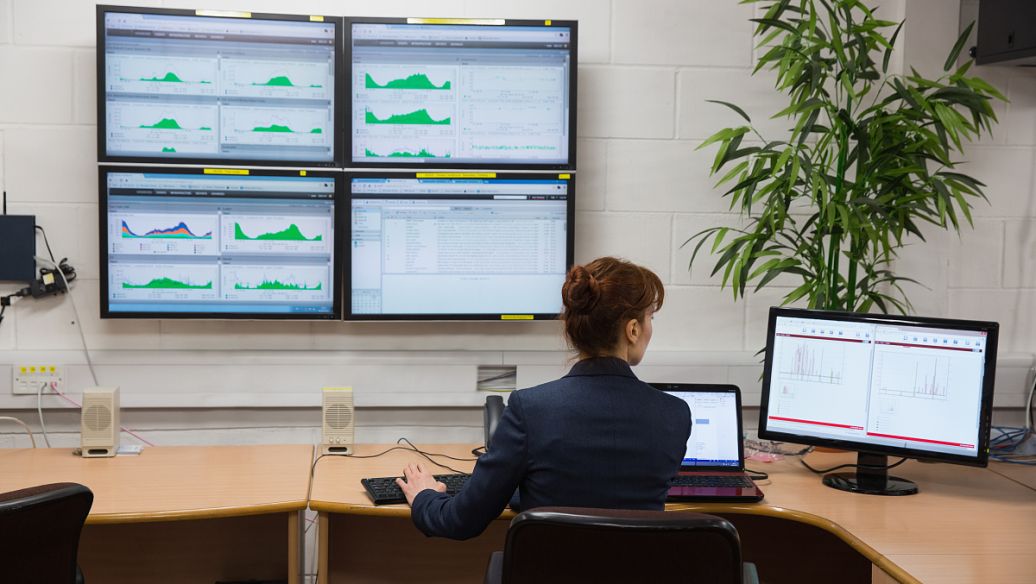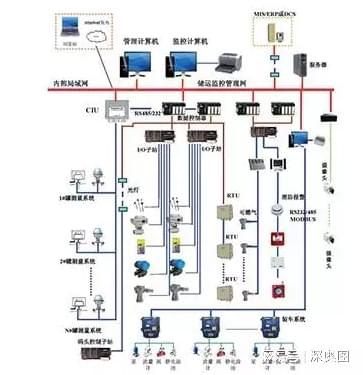Designing and configuring a reliable, secure, and intelligent SCADA system requires consideration of the following key aspects:
1. System architecture design: Determine the overall architecture of the SCADA system, including the selection and configuration of hardware and software components. It is necessary to consider the scalability, fault tolerance, and redundancy of the system to ensure that it can continue to operate in the event of a failure or unexpected situation.
2. Communication network design: Select appropriate communication network architecture and protocols to ensure efficient transmission and reliability of real-time data. Multiple communication methods can be used, such as Ethernet, wireless communication, etc., while ensuring the security and stability of the network.
3. Data collection and processing: Determine the method and frequency of data collection to ensure accurate monitoring and collection of key parameters. At the same time, it is necessary to design appropriate data processing algorithms and logic to analyze and process the collected data, in order to provide real-time monitoring and control functions.
4. Visual interface design: Design an intuitive and easy-to-use visual interface so that operators can clearly view and control the system status. Interface design should consider the convenience and user experience of human-computer interaction, providing real-time data display, alarm information, and historical data query functions.
5. Data storage and backup: Ensure the secure storage and backup of system data to prevent data loss or damage. Data can be stored using databases or cloud storage, and regular data backup and recovery testing can be conducted.
6. Security and permission management: Design appropriate security measures and permission management mechanisms to protect SCADA systems from unauthorized access and manipulation. Technologies such as firewalls, access control lists, and encrypted transmission can be used to enhance the security of the system.
7. Monitoring and maintenance: Establish an effective monitoring and maintenance mechanism, regularly check the operating status and performance of the system, and promptly discover and solve potential faults and problems. Remote monitoring and fault diagnosis technology can be used to improve the reliability and responsiveness of the system.
8. Training and documentation: Provide system training and usage documentation for operators to ensure they can correctly operate and maintain SCADA systems. At the same time, establish documentation and records for the system, including system configuration, operation manuals, maintenance logs, etc., in order to access and trace the historical information of the system at any time.
In summary, designing and configuring a reliable SCADA system requires comprehensive consideration of requirements such as architecture design, communication network, data acquisition and processing, visual interface, data storage and backup, security and permission management, monitoring and maintenance, training, and documentation. Meanwhile, it is recommended to have sufficient communication and cooperation with relevant professionals or suppliers during the design process to ensure that the system’s performance and reliability meet the expected goals.
Post time: Jul-11-2024
















